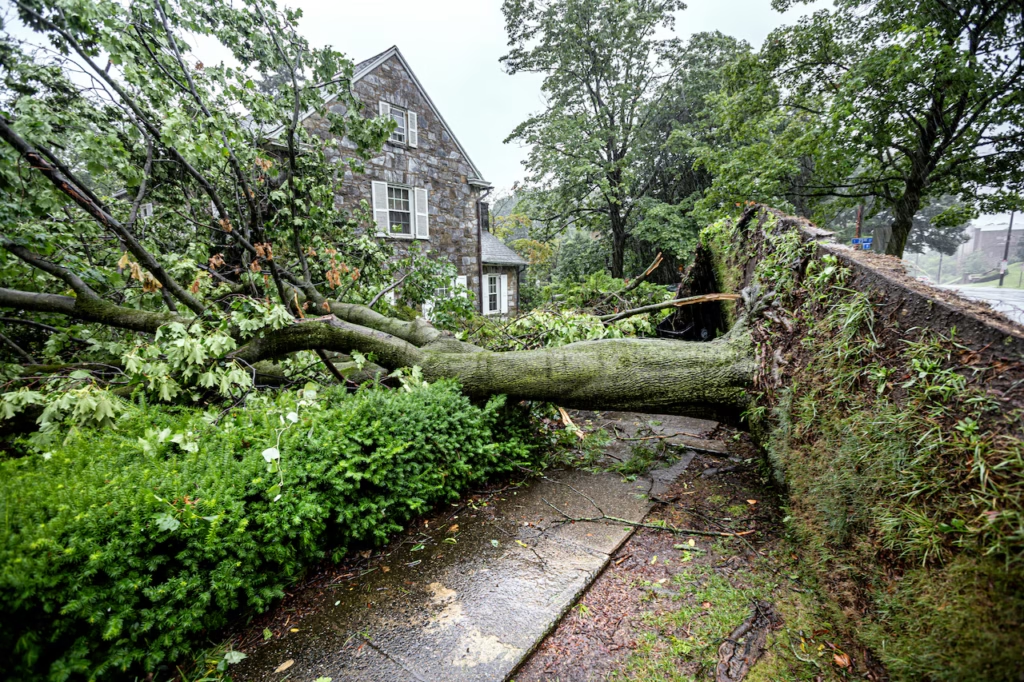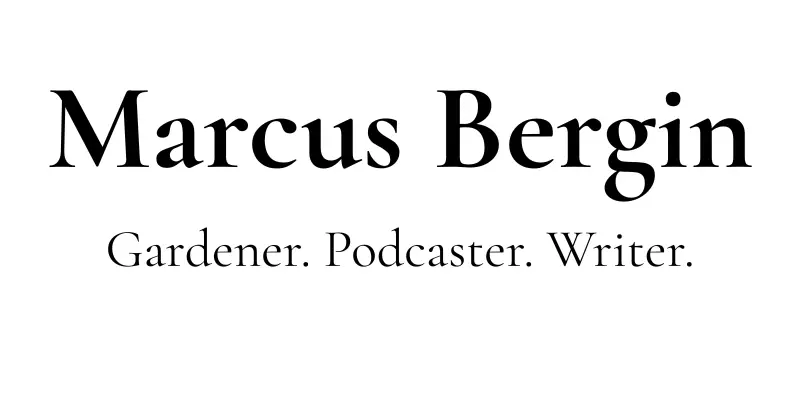
When the Shade Disappears: Recovering Your Garden After Tree Loss
It often starts with a crack you don’t quite hear, then a splintering, a shift in the skyline, and suddenly, a presence that shaped your entire garden is gone.
Maybe it was age. Storm damage. A developer next door. Or simply a tree whose time had come. However it happens, when a tree that cast the sheltering shade over your garden disappears, it can feel like more than a practical loss, it’s an emotional one, too.
Because when you garden in shade, you design not just for plants, but for mood. Coolness. Calm. Dappled light dancing on fern fronds and the stillness of a tucked-away corner. Without that tree, the balance changes. Your shade garden is now in sun.
But here’s the comforting truth: this is not the end of your garden. It’s a transformation. And with a little time and observation, you can reimagine your space, drawing on the strengths of what remains and welcoming in new life with light on its leaves.
Pause Before You Plant: Let the Light Settle
In the early days after tree loss, the urge to act quickly can be strong. But one of the most powerful tools in your gardening shed is observation.
What does the light do now?
Give your garden a full season, watch how the sun moves, where shadows still fall, and how long each area gets light. Remember, morning sun is gentler than afternoon sun, and what seems “sunny” in spring may be quite different by midsummer.
You may still have areas of partial shade cast by fences, walls, or nearby structures. If the tree was part of a larger canopy, other trees may step in to cast new patterns of dappled light. Microclimates can surprise you.
Take Stock of What’s Still Thriving
Some plants that thrived in deep shade may now struggle, but others may surprise you.
Many classic shade plants, especially woodland species, are more adaptable than we think. If the soil remains moist and rich from years of mulch and leaf litter, some perennials will not only tolerate the sun, they’ll flourish in it.
Plants to watch for resilience:
Brunnera macrophylla – Will often bloom more profusely with morning sun.
Epimedium – Tougher than it looks. May enjoy more sunlight in spring before summer heat.
Heuchera – Many cultivars tolerate part sun, especially in cooler climates.
Hostas – Large-leafed types may scorch, but blue or green varieties in well-watered soil may manage partial sun.
On the other hand, if you notice scorched edges, drooping leaves by midday, or stunted growth, those are your signs that it’s time to replant or relocate.
Reimagine Your Plant Palette: Introducing Sun-Lovers
Once you’ve observed the changes, it’s time to bring in new companions. Think of this as a gentle shift, not a wholesale replanting, but a thoughtful rebalancing.
Consider plants that enjoy full sun or partial sun but harmonise with the woodland texture and palette:
Perennials to consider:
Echinacea purpurea – A pollinator magnet with architectural form.
Nepeta (Catmint) – Airy, soft, and fragrant.
Salvia nemorosa – Long blooming, upright, and adored by bees.
Penstemon digitalis ‘Husker Red’ – Dusky foliage and elegant spires.
Agastache – Anise-scented, drought-tolerant, and dynamic.
Gaura lindheimeri – Whimsical, butterfly-like flowers.
Amsonia – Cloud-like blue flowers and golden autumn foliage.
Ornamental grasses for texture:
Panicum virgatum (Switchgrass) – Strong verticals and soft movement.
Molinia caerulea – Light-catching, ethereal sprays.
Sesleria autumnalis – A grassy bridge between sun and shade.
These plants won’t clash with your existing garden; many have a soft presence and blend beautifully with woodland companions. Think of it as a palette shift from cool shade to golden light.
Rebuilding the Canopy—If You Choose
Not every gardener wants to stay in the sun. If the garden’s character was defined by shade and you miss that dappled stillness, consider replanting your canopy—this time with intention and scale in mind.
Small trees or multi-stemmed options:
Amelanchier alnifolia (Serviceberry) – A native beauty with blossom, fruit, and autumn colour.
Cornus kousa – Elegant shape, white bracts, and lovely structure.
Parrotia persica (Persian Ironwood) – Gorgeous bark, autumn fire, and graceful form.
Acer griseum (Paperbark Maple) – Beautiful peeling bark and manageable height.
You can also create “layered shade” by planting large shrubs or small trees under existing canopy, giving you back that layered woodland effect over time.
Remember: This Is Still Your Garden
Tree loss can be a shock, but it’s also an invitation. Gardens are never finished, and shade gardens especially teach us to be responsive to light, rhythm, and change.
You might rediscover plants you hadn’t grown before. You might fall in love with late-summer colour. And in time, you may create something that feels not just new, but deeply yours, because you grew it from a place of loss and hope.
Want to Talk It Through?
If you’re going through this, you’re not alone. In The Shade Gardening Facebook group, thousands of members have walked this same path, from dense woodland to sunny borders. Come and share your story, your questions, or even a photo of what your garden looks like now.
Join the discussion here: Shade Gardening Facebook Group
Join the general gardening group: Gardening with Marcus
For more ideas on transitioning your garden, listen to this week’s episode of The Shade Gardening Podcast:
Apple Podcasts
Remember: the garden doesn’t end when the shade shifts—it just begins again, under new light.
Happy Gardening,
Marcus
